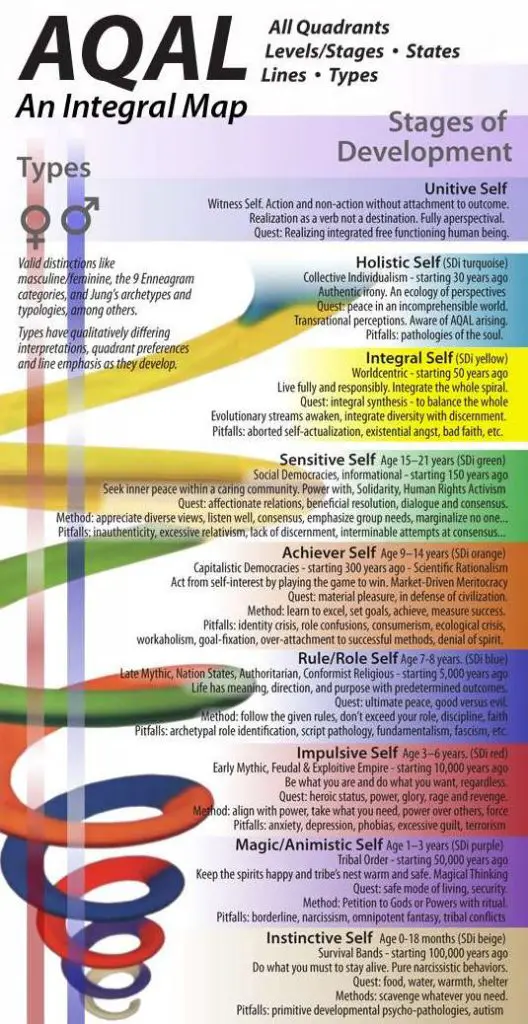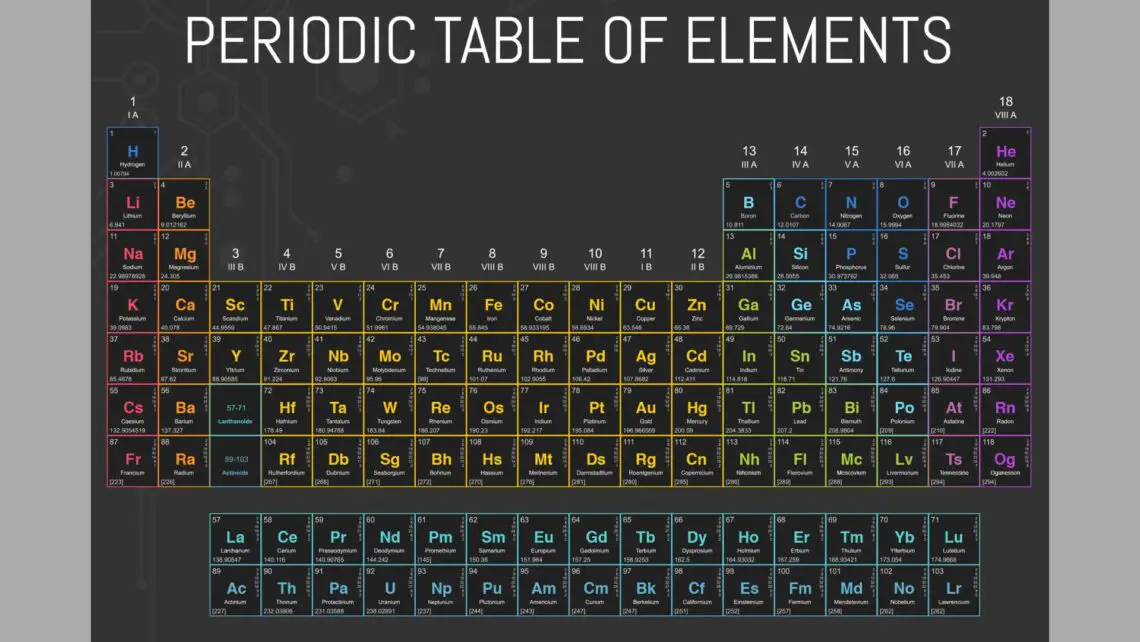As you like it : Act 2 Scene 7
All the world’s a stage,
And all the men and women merely players:
They have their exits and their entrances;
And one man in his time plays many parts,
His acts being seven ages. At first the infant,
Mewling and puking in the nurse’s arms.
And then the whining school-boy, with his satchel
And shining morning face, creeping like snail
Unwillingly to school. And then the lover,
Sighing like furnace, with a woeful ballad
Made to his mistress’ eyebrow. Then a soldier,
Full of strange oaths and bearded like the pard,
Jealous in honour, sudden and quick in quarrel,
Seeking the bubble reputation
Even in the cannon’s mouth. And then the justice,
In fair round belly with good capon lined,
With eyes severe and beard of formal cut,
Full of wise saws and modern instances;
And so he plays his part. The sixth age shifts
Into the lean and slipper’d pantaloon,
With spectacles on nose and pouch on side,
His youthful hose, well saved, a world too wide
For his shrunk shank; and his big manly voice,
Turning again toward childish treble, pipes
And whistles in his sound. Last scene of all,
That ends this strange eventful history,
Is second childishness and mere oblivion,
Sans teeth, sans eyes, sans taste, sans everything.
xxxxxxxxxxxxxxxxxxxxxxxxxxxxxxxxxxxxxxxxxxxxxxxxxxxxxxxxxxxxxxxxxxxxxxxxxxxxxxx
Ken Wilbur: “There is abundant evidence that some aspects of cognition, morals, psychosexuality, needs, object relations, motor skills, and language acquisition proceed in developmental stages, much as an acorn unfolds into an oak through a series of process phases (Alexander and Langer, 1990; Loevinger, 1976; Wilber, 2000b). These stages or levels of development are not the rigid, linear, rungs-in-a-ladder phenomenon portrayed by their critics, but rather appear to be fluid, flowing, overlapping waves (Beck and Cowan, 1996)“.
xxxxxxxxxxxxxxxxxxxxxxxxxxxxxxxxxxxxxxxxxxxxxxxxxxxxxxxxxxxxxxxxxxxxxxxxxxxxxxx
The Seven ages of Man? What an interesting proposition! Lets see if we can take Ken Wilbur’s statement apart and apply our own Homeopathic perspective …
Lets think about the relationship between the rows of the periodic table and development.
Across the rows of the table various skills reach their peak at Stage 10 then decline.
– Row one, the Hydrogen Series is the beginning – a world of sensation and instinct. On the AQAL map this is described as Beige: Archaic-Instinctual
– In row two, the Carbon Series, the child begins to distinguish between Self and Mother. Boundaries start to become quite well defined. AQAL ~ Purple: Magical-Animistic
– In the Silicon Series boundaries extend to the neighborhood. AQAL ~ Red: Impulsive power.
–In the Ferrum Series rules and the norms expected by society are explored. AQAL ~ Blue: Mythic Order imposed by others.
-In the Silver Series the individual begins to express intelligence and creativity. AQAL ~ Orange: Scientific Achievement.
-In the Gold Series power and influence over the world develops. AQAL ~ Green: The Sensitive and Humanistic Self

The question I would like you to consider is this, the same posed by Wilbur’s opening para’ above … Do these streams of development occur sequentially (from one row or column to the next, building on previous experiences and accomplishments) or are they all growing, at least to some degree simultaneously?
The significance of this question is that if these lines are developing simultaneously we could have a situation where a precocious young child embarks on a power struggle with his/her little sister … and needs a Gold Series remedy.
Or, in the next breath, the child may be challenging parental control and rules … elements of the Ferrum Series.
If the child looses a sibling existential doubts and fears could arise and one of the Lanthanides may be needed at an unusually early stage. The same situation could create further problems … a delicate but spiritually intuitive child may need to become more self-assertive at school and develop a more “I insist on this” attitude. This intuitively precocious child’s problem is a developmental vacuum which can only be resolved by the Silica (AQAL ~ Red) Series, or perhaps even from the Carbon (AQAL ~ Purple) Series (given as a Lanthanide *Salt*).
Each challenge and developmental step achieved is thus dependently arisen, with accomplishment begetting further accomplishment but sometimes in an non-linear, and apparently non-logical manner. This implies that a new level of insight can quickly be generalized to other areas – but this will be really effective only if these other areas are already developing.
People can be confronted with a situation where abilities maturing on any one of these rows meet with new and difficult challenges. To find the energy of the case Homeopaths need to be able to identify the developmental challenge. The well chosen remedy simply eases passage onto the next challenge. What that will be depends on the persons surroundings and stimulation almost as much as it does on their previous accomplishments.
Development seems to unfold through challenge on one hand, and ability on the other. It is not really as linear or sequential as we like to think … life is just too vicarious and sophisticated to cram into such a simplistic (spiral) model.
Conclusion
The idea of the developmental Spiral (described by both Jan Scholten and Clare Graves – each in their own contrasting contexts) is highly attractive … but is it a true reflection of development? Broadly speaking the Spiral Model holds – but particular experiences have a great influence on the sequence.
There are often (or should that really be ‘normally’?), as Wilbur suggests, parallel lines of development unfolding simultaneously. On the Homeopathic map these parallel lines of development are described by the ROWS of the Periodic Table.
We only venture out of our comfort zone, wherever we are on the Spiral, when we find that our efforts are inadequate. On pain of failure we push through to the next stage (column) or even to a new wave (row). The place where development is STUCK is where pathology manifests.
The patient may well be an accomplished artist … but if family matters are causing him problems that’s where we need to focus .. a remedy from the Silver Series, would not be well indicated – at least not on its own.
In some cases combining the remedy with a modifying Salt from another series, (e.g. Carbons: Nitricums, Oxydatums or Flouratums will address the problem).
Refs: For further discussion see Ken Wilbur’s article at:
Wilbur uses the more familiar stages[1] described by Piaget to provide a simplistic[2] introductory description of the earlier developmental AQAL memes…
Wikipedia provide a brief summary sufficient for purpose at: http://en.wikipedia.org/wiki/Jean_Piaget#Stages
Notes
[1]: Namely:
-Sensorimotor
-Preoperational
-Concrete operational
-Formal operational
[2] Piaget’s work focuses on the development of abstract (cognitive) thinking i.e. the ability to do logic and maths… Just one aspect of development.






